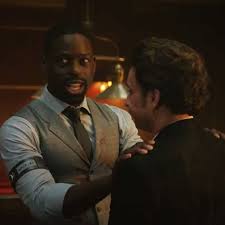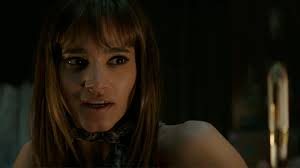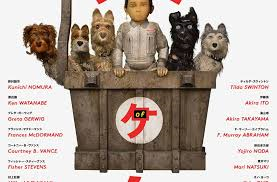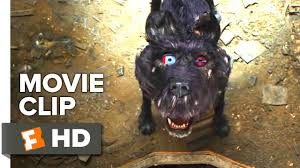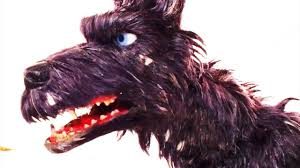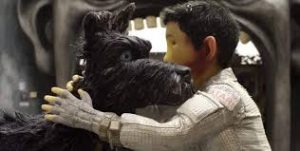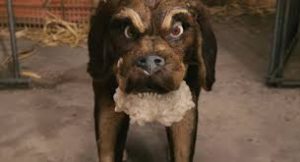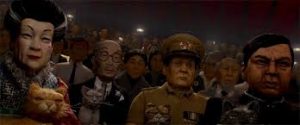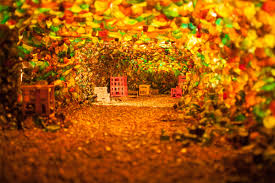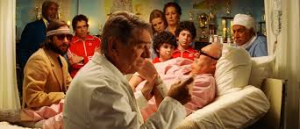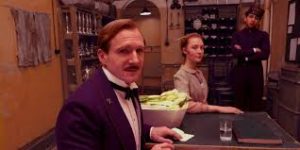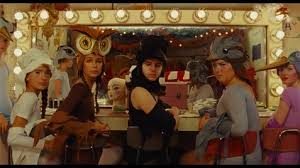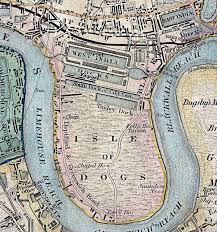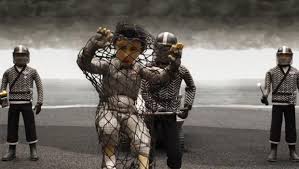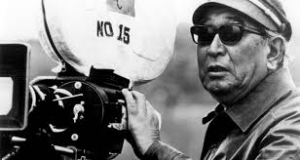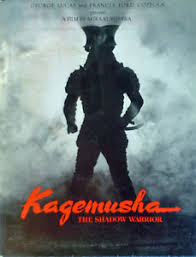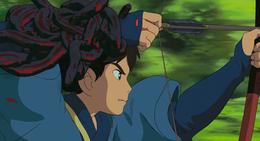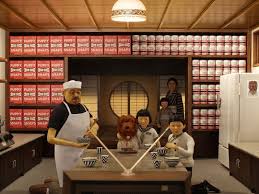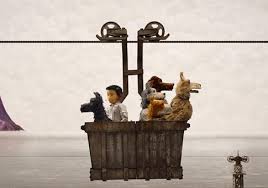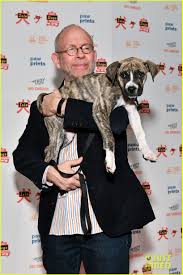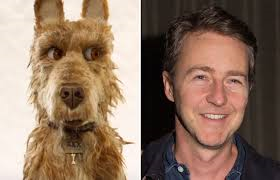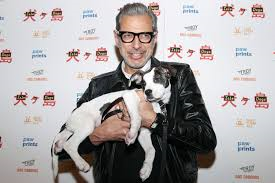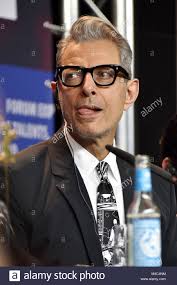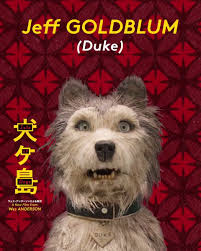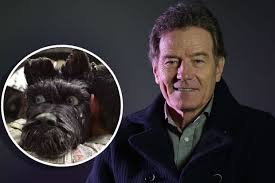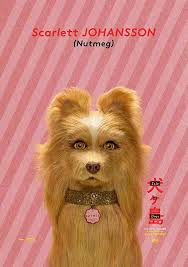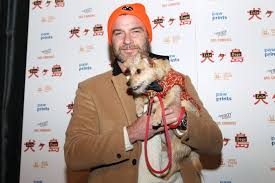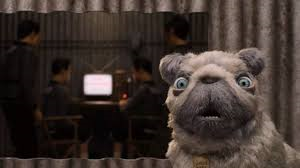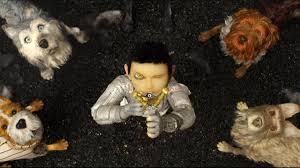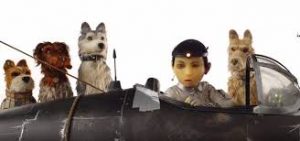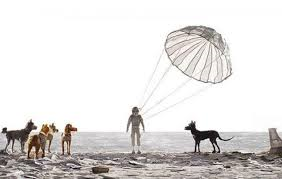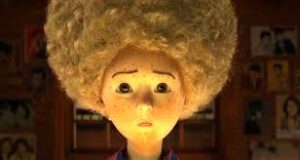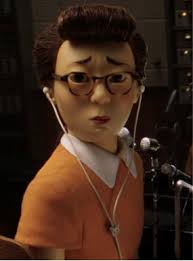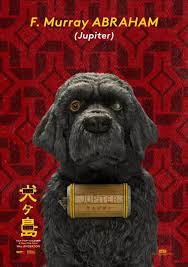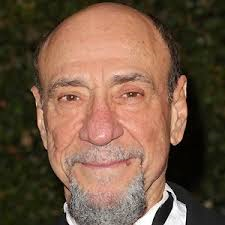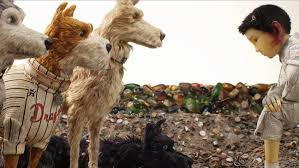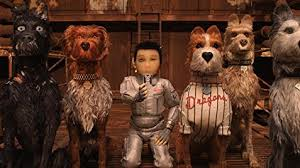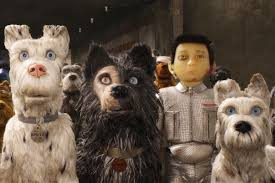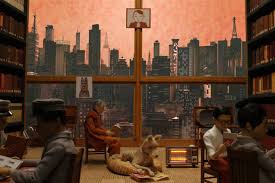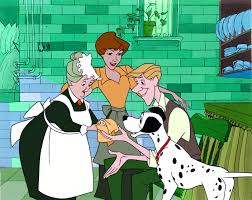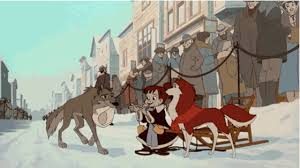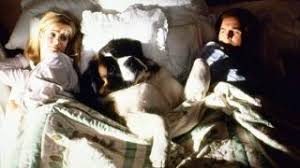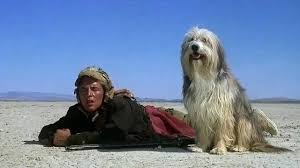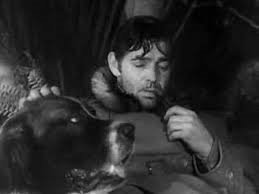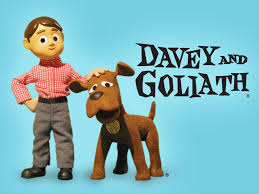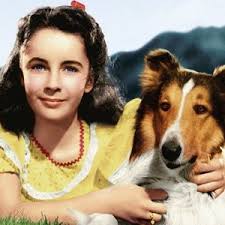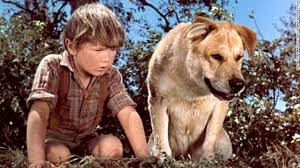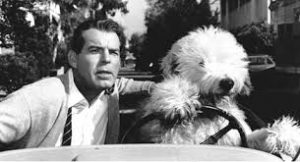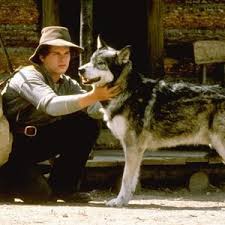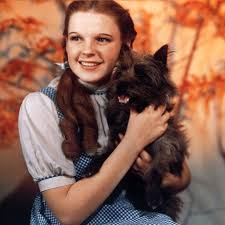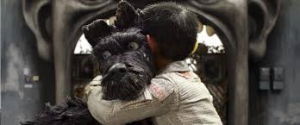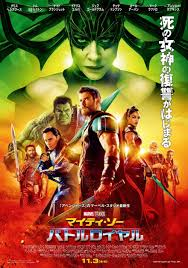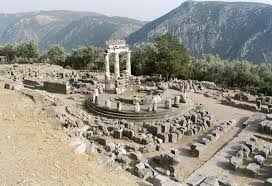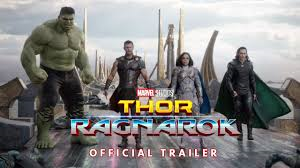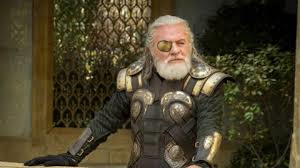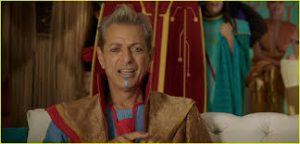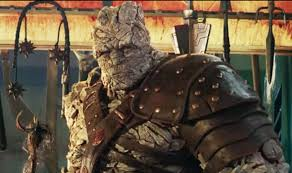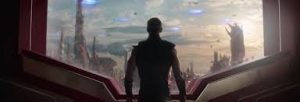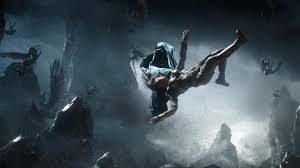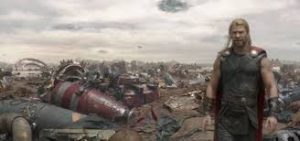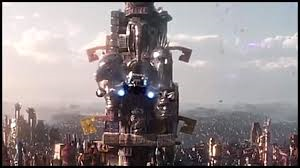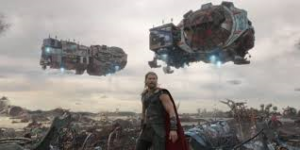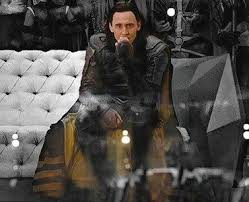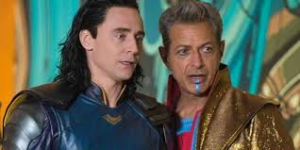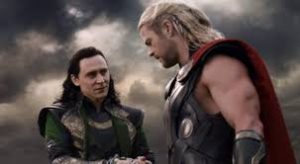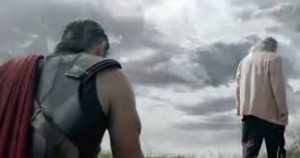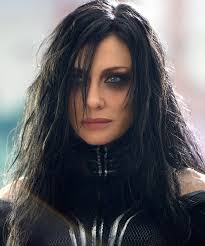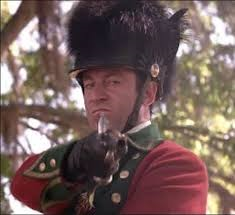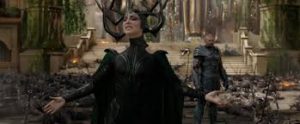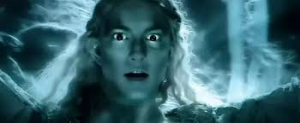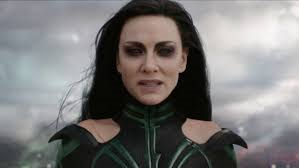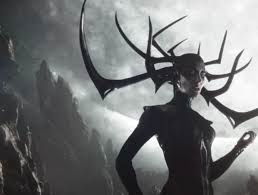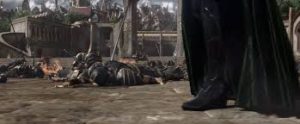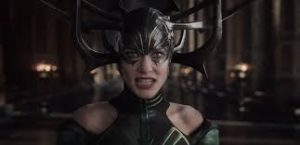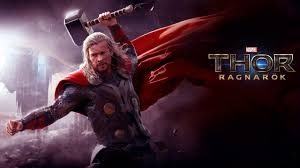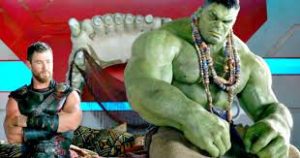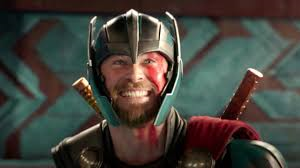SHORT TAKE:
Repeat of all the tropes from previous movies to create what is now a formulaic Jurassic Park movie – BUT I still loved it.
WHO SHOULD GO:
Anyone old enough to see the original Jurassic Park movie. Same scare level, no sex or nudity and very little profanity. These movies are a hoot and this one is just as much fun as the others, though nothing really very new under the sun. Just a variation on the same theme.
LONG TAKE:
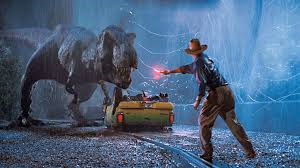
 I love the Jurassic Park franchise. Even the ugly stepchildren
I love the Jurassic Park franchise. Even the ugly stepchildren 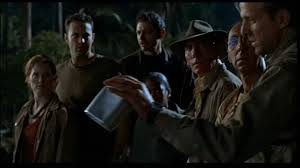
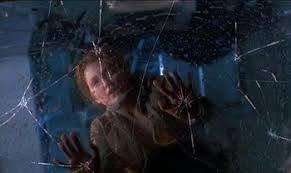 JP Lost World and
JP Lost World and 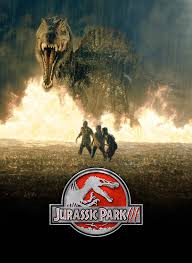 JP III. I know they are derivative. I agree the first was the best – character driven as opposed to the far more special effects driven sequels. I understand they have become formulaic to the point where you can accurately and safely predict the characters who will and will not survive, and the general outline of the story. But I don’t really care. People who ride roller coasters are pretty familiar with how they work, know what to expect and are not especially surprised by the effects of free falls but they still ride them.
JP III. I know they are derivative. I agree the first was the best – character driven as opposed to the far more special effects driven sequels. I understand they have become formulaic to the point where you can accurately and safely predict the characters who will and will not survive, and the general outline of the story. But I don’t really care. People who ride roller coasters are pretty familiar with how they work, know what to expect and are not especially surprised by the effects of free falls but they still ride them.
 These movies are not Shakespeare, or Chekov, or even Woody Allen. They are "what if" stories about what would happen if you threw people and dinosaurs together. And they are a lot of fun.
These movies are not Shakespeare, or Chekov, or even Woody Allen. They are "what if" stories about what would happen if you threw people and dinosaurs together. And they are a lot of fun.
Two of my favorite all time cinematic scenes are from the franchise. 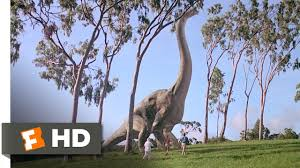 (click pic) One is the scene where Alan Grant, renowned paleontologist, reacts to his first encounter with a live dinosaur – a brachiosaurus.
(click pic) One is the scene where Alan Grant, renowned paleontologist, reacts to his first encounter with a live dinosaur – a brachiosaurus. 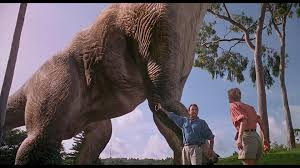 He is so overwhelmed he turns to Ellie, points and can barely get out the words – "It’s…. it’s a dinosaur," and then has to sit down on the ground. Makes me smile every time.
He is so overwhelmed he turns to Ellie, points and can barely get out the words – "It’s…. it’s a dinosaur," and then has to sit down on the ground. Makes me smile every time.
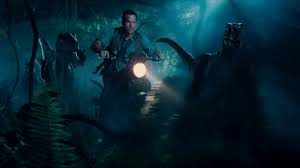 (click pic) Another of my favorite scenes is seeing Owen racing through the jungle on his motorcycle, hunting alongside raptors. After being oriented to how terrifying these critters are, through all the previous movies, all the way back to the first movie, to see a human as part of their pack gives me goose pimples.
(click pic) Another of my favorite scenes is seeing Owen racing through the jungle on his motorcycle, hunting alongside raptors. After being oriented to how terrifying these critters are, through all the previous movies, all the way back to the first movie, to see a human as part of their pack gives me goose pimples.
 The premise of JP Numero V is that the dinosaurs on Isla Nublar are facing extinction – again – because their island is about to be destroyed by an active volcano. Some think nature should reclaim these anachronistic Frankenstein monsters. Others believe we have a stewardship duty to save them despite the inherent extreme danger of the attempt.
The premise of JP Numero V is that the dinosaurs on Isla Nublar are facing extinction – again – because their island is about to be destroyed by an active volcano. Some think nature should reclaim these anachronistic Frankenstein monsters. Others believe we have a stewardship duty to save them despite the inherent extreme danger of the attempt.  Another faction is in play with more mercenary motivations.
Another faction is in play with more mercenary motivations.
The actors re-create the characters we have enjoyed in previous movies.
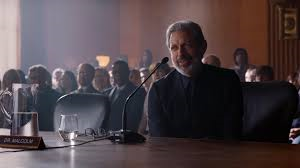 Jeff Goldblum reprises his wisecracking, snarky and insightful Ian Malcolm, in a small cameo, offering his opinions to a Congressional committee on what should be done now that these creatures are facing an(other) extinction level event on their island. The movie cuts back and forth between his testimony and the adventures with Claire and Owen on Isla Nublar.
Jeff Goldblum reprises his wisecracking, snarky and insightful Ian Malcolm, in a small cameo, offering his opinions to a Congressional committee on what should be done now that these creatures are facing an(other) extinction level event on their island. The movie cuts back and forth between his testimony and the adventures with Claire and Owen on Isla Nublar.
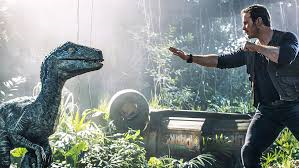 Chris Pratt returns as Owen, the dinosaur whisperer who is reluctantly pulled in to the rescue mission in order to help Blue, the raptor he raised.
Chris Pratt returns as Owen, the dinosaur whisperer who is reluctantly pulled in to the rescue mission in order to help Blue, the raptor he raised.
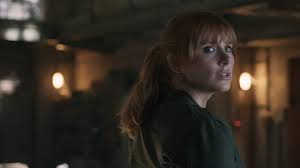 Bryce Dallas Howard appears again as Claire, former executive assistant to the CEO who owned the destroyed park. She now runs an organization attempting to save the dinosaurs and whose primary job in this movie is to scream, escape from dinosaurs and be rescued by Owen.
Bryce Dallas Howard appears again as Claire, former executive assistant to the CEO who owned the destroyed park. She now runs an organization attempting to save the dinosaurs and whose primary job in this movie is to scream, escape from dinosaurs and be rescued by Owen.
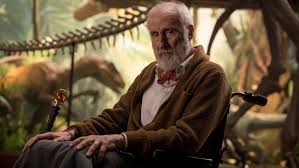 The ubiquitous James Cromwell creates the character of Benjamin Lockwood, a heretofore unknown partner of the Jurassic concept’s inventor John Hammond (formerly played by the late Sir Richard Attenborough and appears only as a painting). The backstory is that for a previously undisclosed reason, which will become important to a subplot, they had a falling out.
The ubiquitous James Cromwell creates the character of Benjamin Lockwood, a heretofore unknown partner of the Jurassic concept’s inventor John Hammond (formerly played by the late Sir Richard Attenborough and appears only as a painting). The backstory is that for a previously undisclosed reason, which will become important to a subplot, they had a falling out.
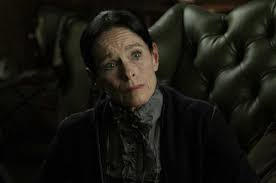 Geraldine Chaplin – the oldest of eight children who Charlie Chaplin had with his wife Oona – appears in a small part as Lockwood’s trusted housekeeper.
Geraldine Chaplin – the oldest of eight children who Charlie Chaplin had with his wife Oona – appears in a small part as Lockwood’s trusted housekeeper.
Others fill out smaller bits seemingly just to fluff up the roster: 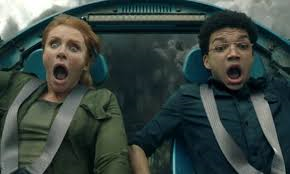 Justice Smith as Franklin, the geeky tech guy who seems to have been hired for having a girlier scream than Howard and vaguely imitates Jake Johnson’s character Lowery from Jurassic World I.
Justice Smith as Franklin, the geeky tech guy who seems to have been hired for having a girlier scream than Howard and vaguely imitates Jake Johnson’s character Lowery from Jurassic World I.  Daniella Pineda plays Zia, a tough talking self styled paleo-veterinarian (though she has never actually met a dinosaur up close).
Daniella Pineda plays Zia, a tough talking self styled paleo-veterinarian (though she has never actually met a dinosaur up close). 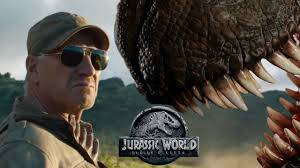 Ted Levine is the obligate bad guy, unnecessarily cruel to the dinos and callously dismissive of human life, much like Vincent D’Onfrio’s Hoskins from JW.
Ted Levine is the obligate bad guy, unnecessarily cruel to the dinos and callously dismissive of human life, much like Vincent D’Onfrio’s Hoskins from JW. 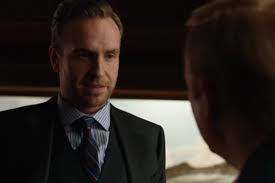 Rafe Spall plays Eli, Cromwell’s assistant who is reminiscent of the lawyer Gennero (Martin Ferrero) from JP I.
Rafe Spall plays Eli, Cromwell’s assistant who is reminiscent of the lawyer Gennero (Martin Ferrero) from JP I. 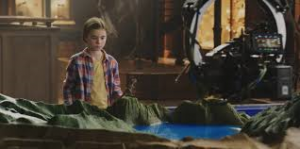 There’s the absolutely required kid (Isabella Sermon),
There’s the absolutely required kid (Isabella Sermon), 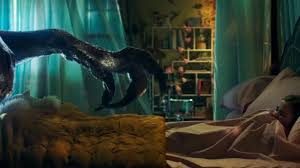 of course who is cute then in danger. And so on.
of course who is cute then in danger. And so on.
 Special mention must be made of BD Wong. He pops up once again as the "evil" scientist Wu, who is the embodiment of everything that alarmed Ian Malcolm when he admonished Hammond in the first JP movie that:
Special mention must be made of BD Wong. He pops up once again as the "evil" scientist Wu, who is the embodiment of everything that alarmed Ian Malcolm when he admonished Hammond in the first JP movie that: 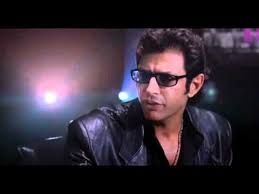 (click pic) "Your scientists were so preoccupied with whether or not they could, they didn’t stop to think if they should." It is interesting to note that Wong and Goldblum were the representatives of the dipolar opposite views in the original JP and are the only major recurring members from the original cast. And I give the filmmakers kudos for going out of their way to make this conceptual point obvious by the small but significant presence of these two characters.
(click pic) "Your scientists were so preoccupied with whether or not they could, they didn’t stop to think if they should." It is interesting to note that Wong and Goldblum were the representatives of the dipolar opposite views in the original JP and are the only major recurring members from the original cast. And I give the filmmakers kudos for going out of their way to make this conceptual point obvious by the small but significant presence of these two characters.
 The special effects are remarkable, recreating not only multiple dinosaurs but a volcanic eruption, and chases across a variety of terrain from forest to rooftops.
The special effects are remarkable, recreating not only multiple dinosaurs but a volcanic eruption, and chases across a variety of terrain from forest to rooftops.
It is a satisfying thrill ride of a movie, make no mistake.
BUT….
SPOILERS FOR JURASSIC FRANCHISE MOVIES, GENERATIONS, SERENITY AND LAST JEDI
All this being said I still have some issues with the movie.
The de rigeur between-movies "break" in the romantic relationship of the leads is particularly silly. 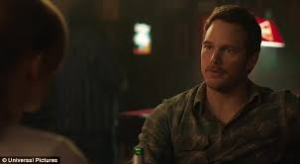 It is literally explained as having occurred because Owen wouldn’t let Ellie drive his van. Huh?
It is literally explained as having occurred because Owen wouldn’t let Ellie drive his van. Huh? 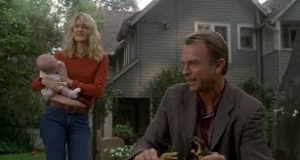 In JP III the break up of Alan and Ellie is heartbreaking and gracefully presented. Alan is shown playing with Ellie’s child. You assume it is his until Ellie’s husband shows up. Then you realize not only that they are not a couple any more, but guess at why – that Alan never wanted to settle down and start a family.
In JP III the break up of Alan and Ellie is heartbreaking and gracefully presented. Alan is shown playing with Ellie’s child. You assume it is his until Ellie’s husband shows up. Then you realize not only that they are not a couple any more, but guess at why – that Alan never wanted to settle down and start a family.
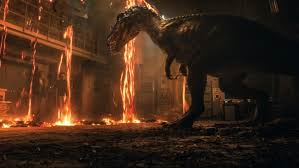 Lava is, at one point, everywhere. Claire and Franklin (Justice Smith) would probably have cooked just being that close to it in an enclosed space as they were. Minutes later they are fleeing from a pyroclastic flow which moves at 50 mph and is full of toxic deadly fumes. An old dilapidated gyrosphere wouldn’t have gone that fast and Owen, even running downhill, couldn’t have come close.
Lava is, at one point, everywhere. Claire and Franklin (Justice Smith) would probably have cooked just being that close to it in an enclosed space as they were. Minutes later they are fleeing from a pyroclastic flow which moves at 50 mph and is full of toxic deadly fumes. An old dilapidated gyrosphere wouldn’t have gone that fast and Owen, even running downhill, couldn’t have come close.
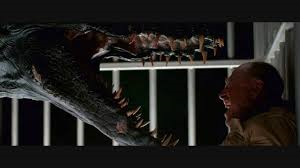 In another scene, an experienced hunter, Ken, (Ted Levine) goes into the cage of THE most dangerous dinosaur ever created for a souvenir tooth.
In another scene, an experienced hunter, Ken, (Ted Levine) goes into the cage of THE most dangerous dinosaur ever created for a souvenir tooth.  It's an insult to JP I's Muldoon
It's an insult to JP I's Muldoon 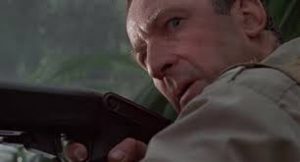 who was taken by a pack of raptors while trying to save other people's lives. It was pretty transparent Ken's death in JW: FK was only to set up the escape of the Indoraptor.
who was taken by a pack of raptors while trying to save other people's lives. It was pretty transparent Ken's death in JW: FK was only to set up the escape of the Indoraptor.
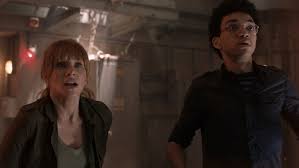 There was really no reason to try to murder Owen or Claire.
There was really no reason to try to murder Owen or Claire. 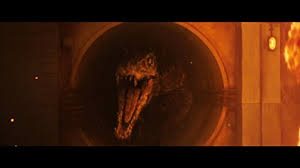 They were brought along because of their unique insight into the creatures then discarded as soon as one was found. This didn’t make a lot of sense. They try to commit murder of experts who can help them in order to cover up the theft of animals who have been left to die anyway. Huh?
They were brought along because of their unique insight into the creatures then discarded as soon as one was found. This didn’t make a lot of sense. They try to commit murder of experts who can help them in order to cover up the theft of animals who have been left to die anyway. Huh?
 The most galling problem I have is with the demise of one of the creatures. The very first live dinosaur we see EVER in the franchise is an brachiosaurus.
The most galling problem I have is with the demise of one of the creatures. The very first live dinosaur we see EVER in the franchise is an brachiosaurus. 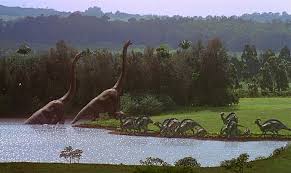 Yes, it is pretend and CGI and no dinosaurs were harmed in the making of the movie because all the dinosaurs are actually….extinct! But because of its emotional impact of awed amazement in the iconic moment of the first JP movie when we first saw what a living breathing dinosaur might look like today,
Yes, it is pretend and CGI and no dinosaurs were harmed in the making of the movie because all the dinosaurs are actually….extinct! But because of its emotional impact of awed amazement in the iconic moment of the first JP movie when we first saw what a living breathing dinosaur might look like today, 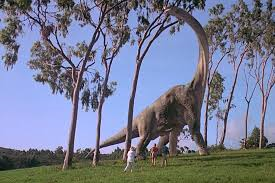 there is a vested connection which audiences over 25 years and five movie have earned. But when Owen and Claire are fleeing the erupting island we watch a brachiosaurus – maybe supposed to be the very one we saw in the first movie – die a prolonged agonizing death. There is a drawn out, extremely painful scene where Owen and Claire watch the creature as it moans at the end of the dock, abandoned, without help, is enveloped by the toxic smoke, becomes a silhouette in the light from the lava and is destroyed. Like the death of
there is a vested connection which audiences over 25 years and five movie have earned. But when Owen and Claire are fleeing the erupting island we watch a brachiosaurus – maybe supposed to be the very one we saw in the first movie – die a prolonged agonizing death. There is a drawn out, extremely painful scene where Owen and Claire watch the creature as it moans at the end of the dock, abandoned, without help, is enveloped by the toxic smoke, becomes a silhouette in the light from the lava and is destroyed. Like the death of 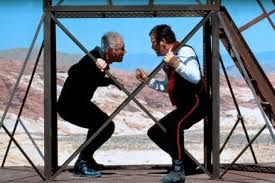 Captain Kirk in Generations,
Captain Kirk in Generations, 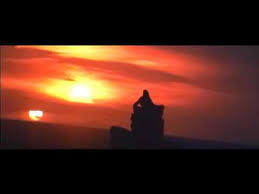 the disappearance of Luke at the end of The Last Jedi, or
the disappearance of Luke at the end of The Last Jedi, or 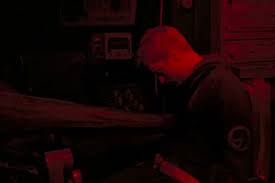 Wash’s demise in the movie Serenity, it felt like a deliberate sign off from the parent franchise. Whether it will signal a new successful batch of movies is another question.
Wash’s demise in the movie Serenity, it felt like a deliberate sign off from the parent franchise. Whether it will signal a new successful batch of movies is another question.
 As I pointed out, it is really just an audio-visual emotional roller coaster ride so I shouldn’t expect subtlety.
As I pointed out, it is really just an audio-visual emotional roller coaster ride so I shouldn’t expect subtlety.
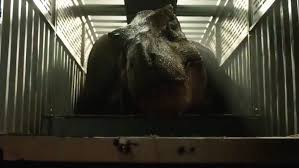 Overall I enjoyed JW: FK and do hope this is not the last of their progeny. But I also hope care is take in the future with those characters – human and otherwise – of which we have become so fond.
Overall I enjoyed JW: FK and do hope this is not the last of their progeny. But I also hope care is take in the future with those characters – human and otherwise – of which we have become so fond.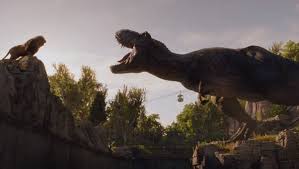
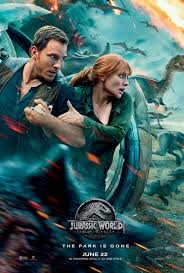
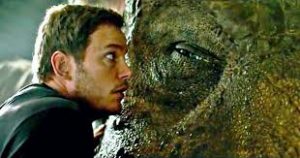


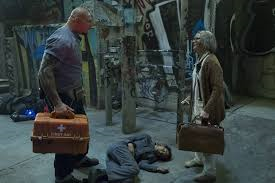
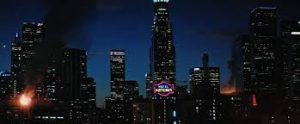
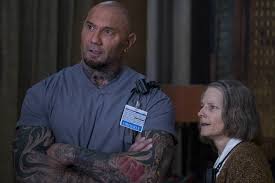
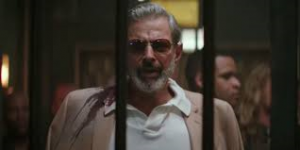
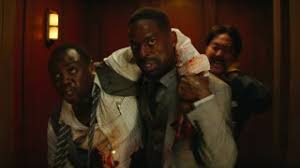
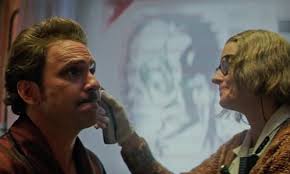
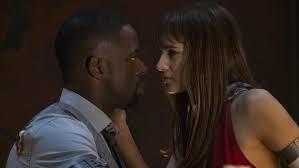
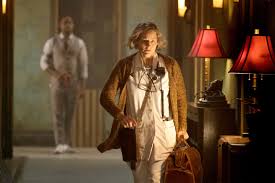
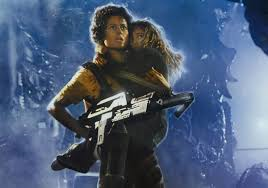
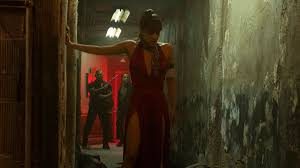
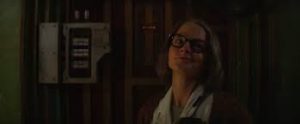
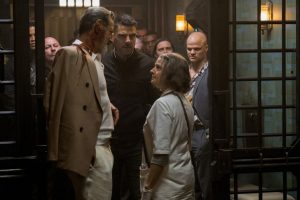 And, Hallelujah, Hotel Artemis does not always take itself completely seriously. Goldblum's character is aware that he is a very bad guy and likely to come to a very bad end. Baustista's character knows he is massive and almost unstoppable but has a gentle and fiercely protective spot for this tiny fragile elderly and essentially kind maternal Nurse.
And, Hallelujah, Hotel Artemis does not always take itself completely seriously. Goldblum's character is aware that he is a very bad guy and likely to come to a very bad end. Baustista's character knows he is massive and almost unstoppable but has a gentle and fiercely protective spot for this tiny fragile elderly and essentially kind maternal Nurse. 